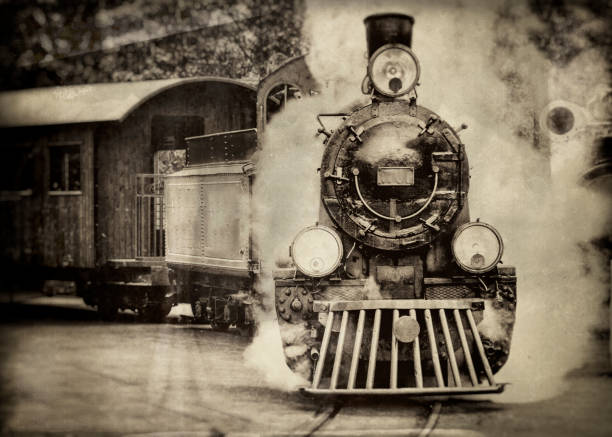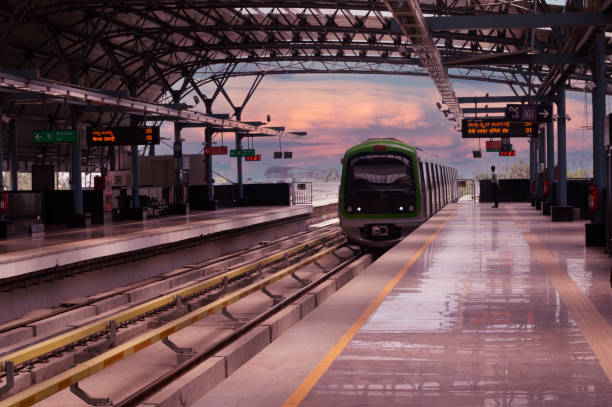Adjustable cantilevers to test the gradients of overhead line equipment (OLE) could make rail electrification more efficient, greener and cheaper by reducing the need for bridge lifts and other costly interventions. A Dynamic Electrification innovation by engineering consultancy Furrer+Frey is one of 24 projects to win funding from the first stage of the Global Centre of Rail Excellence’s (GCRE) Innovation in Rail Construction competition. These projects have been selected by the GCRE for their potential to make the UK’s railways stronger, greener and more affordable. Railway bridge and tunnel lifts – or demolitions – to make way for OLE have become commonplace as engineers strive to make the modern technology compatible with older, often Victorian, infrastructure. As the electrified line reaches a piece of infrastructure like a bridge or level crossing, the OLE has to either dip underneath or rise up higher and if the gradient of the overhead wires is too sharp, the train’s pantograph (the arm that connects the top of the train to the wires) can become disconnected. Currently, engineers use simulations to test whether the gradient of OLE will be feasible or not. Although these simulations are accurate, engineers have to take a “risk averse approach” according to Furrer+Frey GB head of UK projects Noel Dolphin, which means that they will err on the side of caution and opt for an intervention on the infrastructure or speed of the trains before constructing the OLE. The practice of bridge lifting is carbon intensive, time-consuming and expensive. Electrifying the Great Western Main Line (GWML) between Paddington and Swansea saw multiple cost and time overruns, with £385M spent on bridge lifts alone. To get the OLE through the 9.6km Box Tunnel near Bath, which was completed in 1841, engineers had to lower the track inside the tunnel to make it fit. It caused huge disruption on the line for six weeks. When it came to the grade-II listed masonry arch Steventon Bridge, also on the GWML, Network Rail’s applications to either demolish or lift it were rejected. OLE was installed under the bridge, Dolphin explained, but the gradient to get under it was significant and because engineers could only use a simulation to test it, they could not guarantee that the pantograph would stay connected at the full 200km/h speed. Therefore, all trains on the line must slow to 177km/h before reaching the bridge, which impacts on the number of trains that can use the route each day.

This is Exactly What Furrer+Frey’s Adjustable Masts And Cantilevers Hope To Solve.
“The thought behind the Dynamic Electrification project was, rather than take a risk averse approach through just simulating it, we can actually test it – not on the main line, but somewhere else.” If the project is progressed to the next stage, that “somewhere else” will be the GCRE site in south Wales. Its £250M, 7km test track will be constructed to start operation in 2025, and the successful innovations will be constructed along with it.M Furrer+Frey aims to see 2km of its adjustable masts built along the track (at 55m to 65m intervals, like standard masts) each with motors in that can move the cantilevers up and down that are controlled from a remote location. “Then you can take your design [for building OLE under a bridge], plug it in, and the cantilevers can move to simulate that,” Dolphin said. “You can test the wire gradients and geometry with a real train at the GCRE that runs up to 200km/h. You can test any combination of bridges, level crossings, multiple bridges – you can test all these variants, but for a real world situation.”M No matter where the infrastructure in question is around the country, engineers will remotely be able to create a “twin” of the OLE that will be required. “If you want to avoid lifting, you can actually test it before you finish the design to see if it would work, and then you can avoid the lift or the speed reduction,” Dolphin said. “Or, conversely, you can find out that it doesn’t work and you can make plans to jack up the bridge or change the timetable.” He continued: “It’s trying to absolutely minimise any intervention and have the best service, but not through taking a risk averse approach; because you can test it with a real train, you don’t need to be conservative, you can be factual “You can have live data from an instrumented pantograph on top of a test train. You could do a test run, see the results, then change the cantilevers from where you are, and a few minutes later do the next round and carry on. It’s doing live experiments to work out what is the optimal situation for the piece of infrastructure you’re trying to mimic.” Winning funding from the first round of the GCRE’s competition has given Furrer+Frey the money to develop a business case. If selected to go ahead, the firm will win more funds and spend the next two years designing the masts. “A big part of the project is working out the most efficient and cost-effective way of moving those cantilevers up and down the masts,” Dolphin said.

The Dynamic Electrification innovation is Not The Only Furrer+Frey.
project among the 24 selected to progress from the GCRE; the other is a complementary project to design lightweight, composite electrification cantilevers. Furrer+Frey is already well underway with designing innovative composite masts. Whereas a traditional steel mast of the same size weighs around 750kg, the composite masts are around 80kg, yet have the same strength. The reduction in weight is a significant boost towards productivity and reducing cost as the piles that bolt them to the ground can be much shallower. The response from the rail industry to their test mast has been “phenomenal” according to Dolphin. “I think every single major company emailed me or came to the demonstration we had; there’s a huge amount of interest,” he added. However, the cantilevers themselves are still made of heavier metals, but Furrer+Frey believes this can be reduced too. “Just having a piece of metal that’s hung 3m out has a huge effect on the foundation,” Dolphin said “We want to have everything up to the wires made of composites.” The main advantage is the reduced groundwork that will be needed with lighter cantilevers, which will make installation less costly and complex, but there are other benefits. “If everything on the mast can be insulating, you don’t need lots of equipment to stop people getting electric shocks,” Dolphin said. “It is easier to handle, because it’s all lighter. It has lower embodied carbon because of the material. It’s another incremental development to help the business case for rail electrification.”


Recent Comments